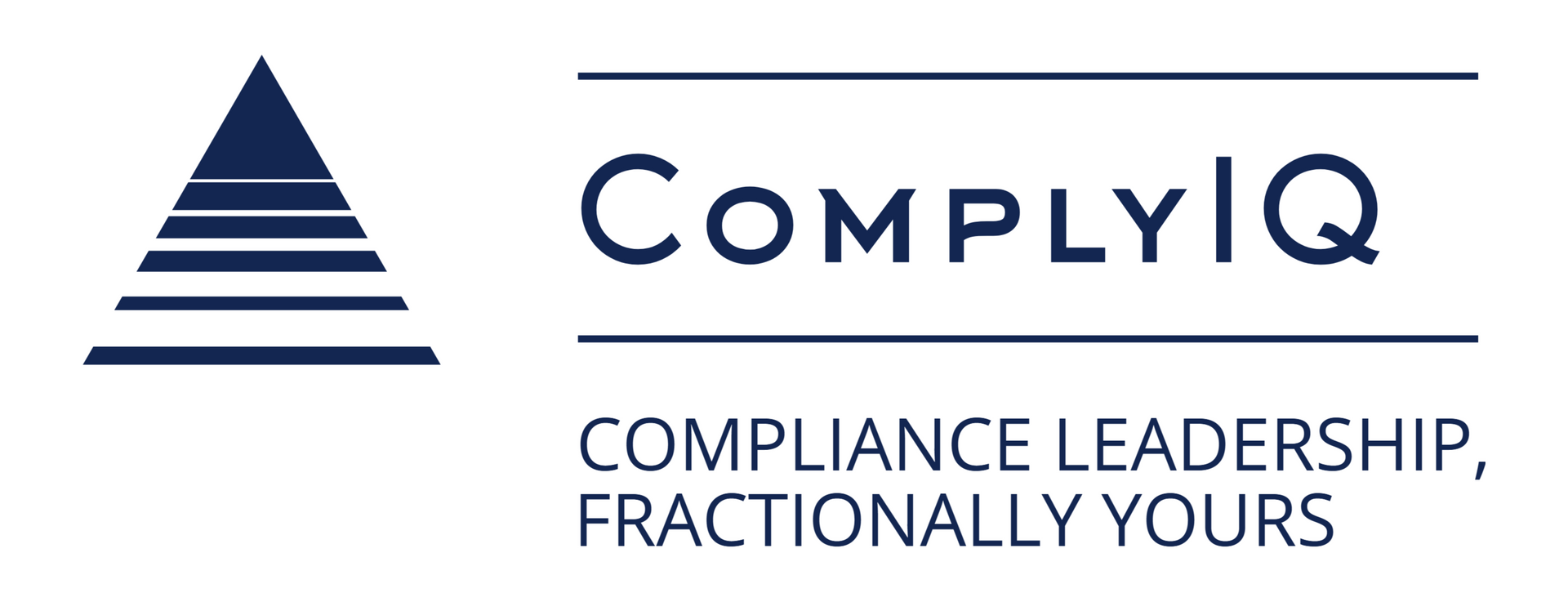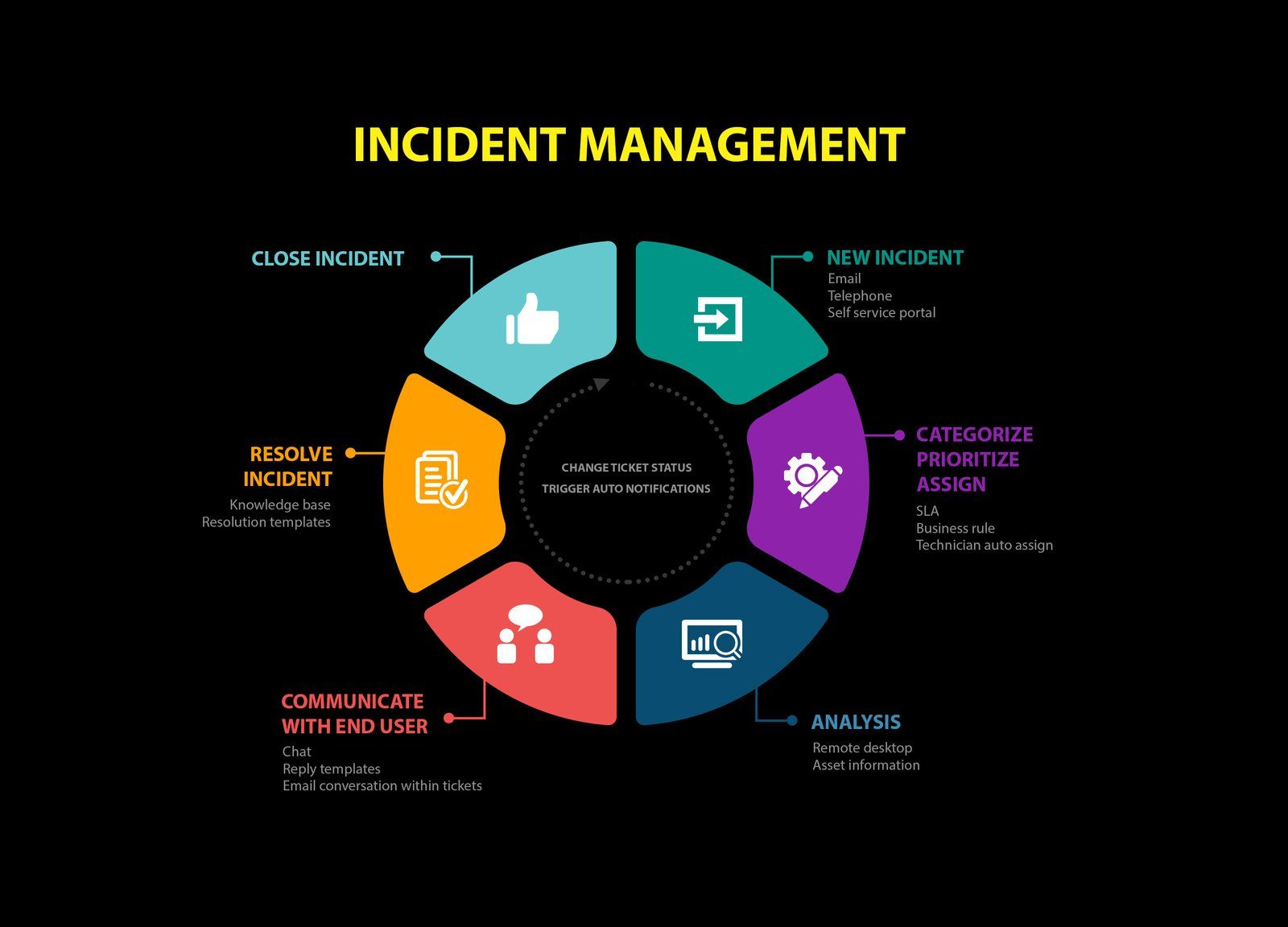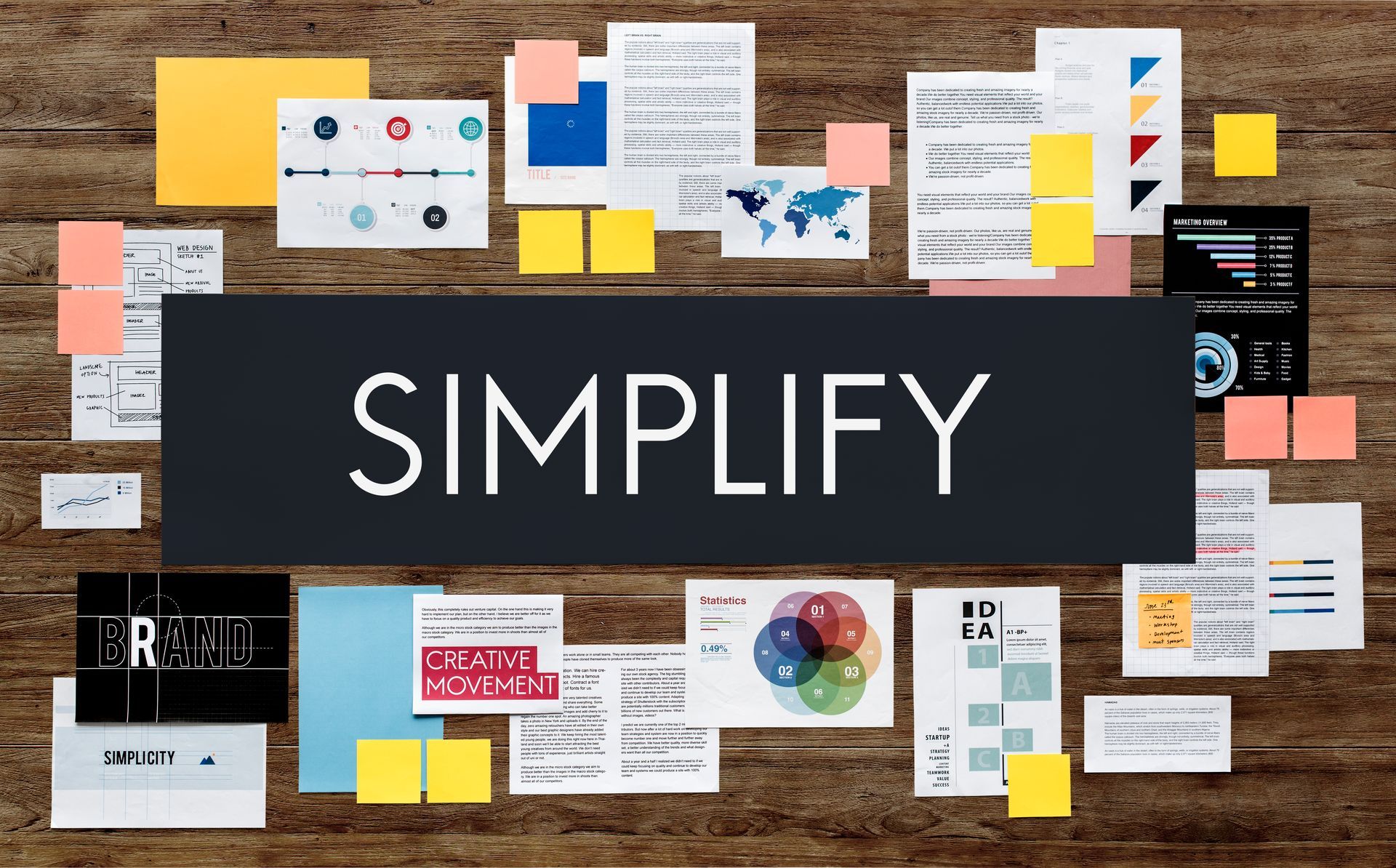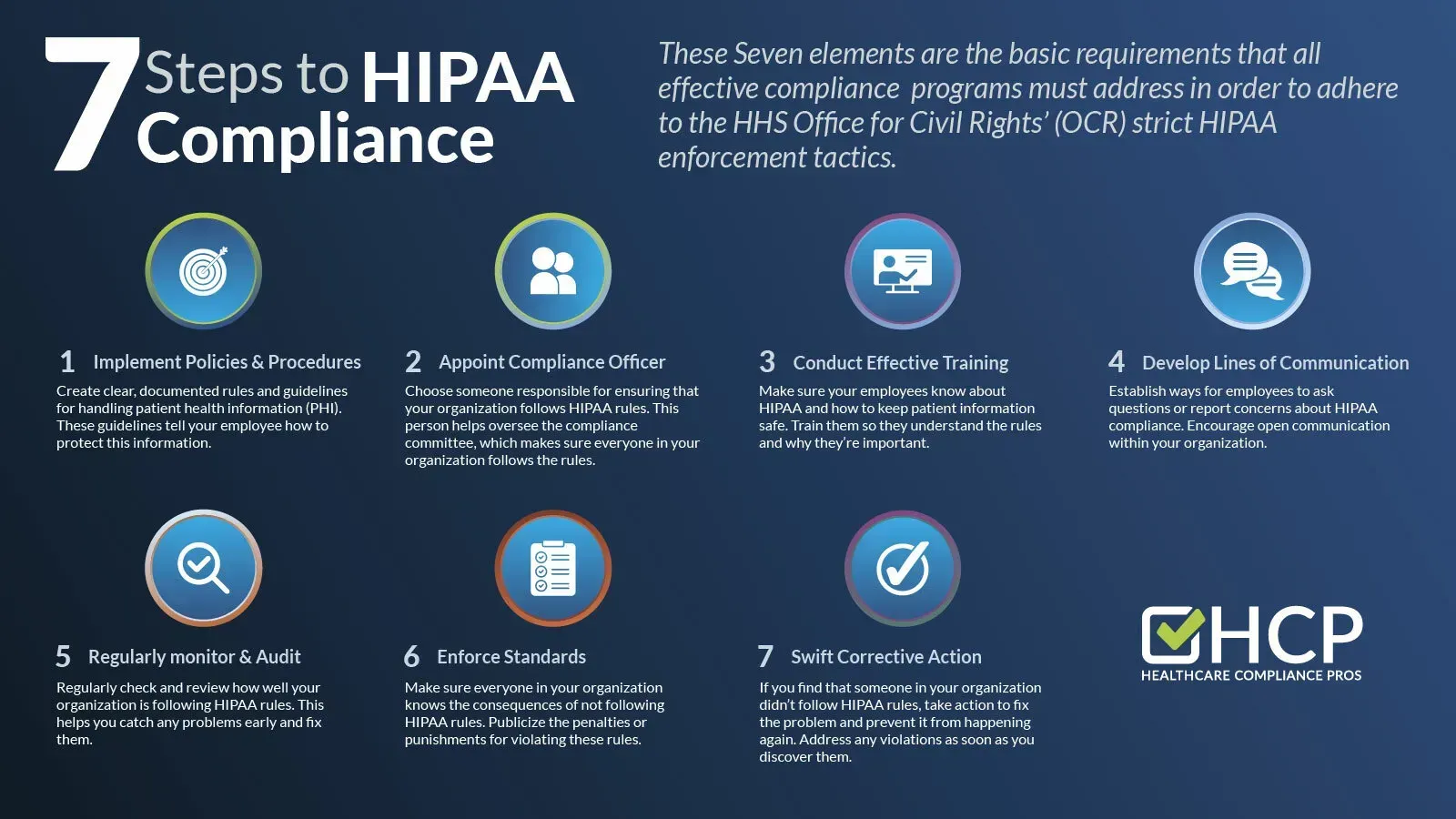The First 90 Days: Compliance Priorities for a New Fintech COO — A Practical Guide
The First 90 Days: Compliance Priorities for a New Fintech COO. Outlines a 0–30, 31–60, 61–90 checklist
to prevent launch delays and audit surprises.

Why the First 90 Days Matter
Launches stall without compliance.
A delayed launch or a regulator letter can cost months and millions.
This guide gives a clear 90‑day plan for a new fintech COO. You’ll get step-by-step actions, checkpoints, and the small decisions that prevent big delays.
Framework Snapshot — Assess, Stabilize, Harden
Triage now. Lock things down later.
Think of the first 90 days like a medical triage, then treatment, then rehab — or a pre-flight checklist for a complex aircraft.
Assess unknowns fast. Stabilize controls. Harden for exams.
Outcomes by phase:
- Assess (0–30): inventory open regulator items, licensing gaps, and launch blockers.
- Stabilize (31–60): assign owners, publish policies, and run control tests.
- Harden (61–90): assemble an evidence pack, close regulator questions, and run a mock exam.
KPIs to track weekly: open regulatory issues, licensing progress, audit checklist completion, and remediation SLA.
Benchmark examiner focus using CFPB Supervisory Highlights and FinCEN FAQs on SARs to prioritize work.
Decision rule: escalate to external counsel or a fractional CCO when a blocker risks more than two weeks of launch delay or covers multi‑state licensing.
Stakeholder cadence: weekly ops sync, biweekly legal review, monthly board update.
Days 0–30 — Rapid Assessment/Immediate Blockers
Triage is the only aim here. Move fast. Be surgical.
30‑day Prioritized Checklist
- Inventory regulator interactions and deadlines. Pull CFPB supervision & examination resources and state notices for context.
- Run a 50‑state licensing scan using CSBS money‑transmitter licensing map and flag the top five high‑risk states.
- Tag contracts with compliance SLAs and vendor obligations.
- Map product‑impacting controls: KYC, transaction limits, disclosures, and reconciliations.
- Validate instrumentation: logs, audit trails, policy versions, and retention schedules.
- Build a release block decision tree: what stops a launch, who signs off, and the evidence needed.
Quick Examples You Can Use Today
- KYC fail: if automated KYC rejects >1% of applicants, flip to manual review and pause that segment.
- Disclosure mismatch: if the customer-facing copy differs from UAT, pull the release and fix copy before any live traffic.
- Vendor gap: if a payment processor lacks a current attestation, restrict volume and request a dated vendor statement before scaling.
Why these matter: small, measurable actions remove ambiguity for engineers and product leads. One quick counterexample: a startup ignored a 0.9% KYC failure and lost a week fixing downstream chargebacks.
Data Readiness for Regulators
Collect extracts, logs, screenshots, and ticket references that show end-to-end flows. Implement a simple proofpack export pattern to assemble evidence fast.
How to start: pick one product flow, export ten transaction records with associated logs, and store them in a named folder with a README that explains the fields.
Three quick external references
Keep three authoritative references to cite in regulator responses: a CFPB supervisory example, FinCEN SAR FAQs, and the OCC bulletin on FinCEN SAR FAQs.
Tip: note the page or section that supports your position so responses are compact and examiner-friendly.
Days 31–60 — Stabilize Operations/Close Urgent Gaps
Turn triage into repeatable routines. Now you make decisions stick.
Step 1: Assign owners and publish policies
One owner per domain eliminates hand-offs.
- Assign a single owner for each domain: licensing, AML, disclosures, vendor risk. Assign owners within 48 hours.
- Update or create core policies: AML, privacy, escalation, and vendor‑risk playbooks. Reference NIST SP 800‑53 controls catalog for baseline controls.
- Publish a one‑page compliance playbook for product and engineering with sign‑off gates and evidence expectations.
Why this matters: named ownership cuts delays. If someone asks "who signs?", you want one clear answer and one email alias.
Step 2: Add lightweight monitoring and testing
Make testing cheap and frequent.
- Implement transaction sampling and automated alerts for threshold breaches.
- Run a focused control test: payments, refunds, or onboarding flows. Document results and remediation tickets.
- Integrate compliance questions into Slack/Jira with SLAs so engineers get ticketed answers.
Slack example (realistic):
- Product: "Is this disclosure text sufficient for state X?"
- Compliance owner: "No. Update line 3 to match policy A. I'll post the approved copy in 2 hours."
This kind of short exchange prevents ambiguous tickets and speeds signoff.
Quick micro‑anecdote: a product team added a 30‑minute "compliance triage" in their daily standup and cut approval time from four days to one.
Use AICPA SOC 2 guidance and Trust Services Criteria to understand expected evidence. A short SOC 2 evidence checklist will speed your work.
Step 3: Run Licensing Filings and Priorities
File smart, not everywhere.
- Prioritize state filings by revenue impact and product risk with a 50‑state scan. Use the Model Money Transmission Modernization Act (MTMA) primer to spot harmonization effects.
- Collect exhibits, assign owners, and set calendar reminders for each filing. Use state portals as filing templates (example: NYDFS guidance).
- If timelines are tight, have a senior compliance resource validate the filing plan before submission to avoid rework.
Practical micro-example: assign one person per state filing, add a 2‑week pre‑file review, and have an escalation path if a state asks for supplemental exhibits.
Days 61–90 — Audit Readiness/Regulator Engagement
Now you harden evidence and practice exam responses. This phase converts reactive work into defensible artifacts.
Step 1: Build an evidence pack for exams
Assemble regulator-ready artifacts now so you can respond quickly.
- Assemble a regulator‑ready binder: current policies, recent control tests, remediation logs, transaction samples, vendor attestations, and ticket exports.
- Create a regulator Q&A doc with pre‑approved responses and named owner contacts.
- Run a mock exam with legal, product, ops, and engineering. Time the exercise and note info gaps.
Use evidence‑pack template and checklists for structure. Crosswalk controls to SOC2/NIST where relevant and generate evidence, if technical evidence is needed.
Short how-to: pick five likely questions, draft one-paragraph answers, and rehearse with a 20‑minute mock call.
Step 2: Close open regulatory questions
Move the highest-risk items first.
- Prioritize items by severity and create a remediation timeline with owners and deadlines. Close the highest‑risk 20% first.
- Prepare response templates for common requests (data extracts, policy changes) and practice delivering them under time pressure. Use CFPB supervisory language to shape tone and content.
- Keep a running log of regulator interactions to show progress and good faith.
Practical tip: for each open item note the likely examiner question and the one document that disproves the issue. That reduces back-and-forth.
Common Mistakes New Fintech Make
- “We’ll fix it later.” Don’t. Require sign‑off and evidence before launch. Each delayed fix creates rework.
- Diffuse ownership. Assign named owners and SLAs for every compliance task to prevent stalled approvals.
- Missing documentation. Keep versioned policies, logs, and ticket trails so you can show progress quickly.
- Copying templates blindly. Adapt controls to product specifics and test them. A generic template rarely survives examiner questions.
- Ignoring vendor risk. Do quick vendor due diligence and require attested evidence before scaling volume.
Each mistake costs time and raises the chance of regulator follow-up. Use CFPB Supervisory Highlights and FinCEN Innovation Hours examples to justify resource allocation to the board.
Conclusion — Next Steps
Pick one high‑risk item from the 0–30 checklist and fix it today. Small actions now prevent larger delays later. Fix one thing now, and you’ll buy time for the rest.
FAQs
Q: What counts as an urgent compliance blocker?
A: Anything that could delay a revenue launch more than five business days or trigger an immediate regulator notice (missing disclosures, flawed KYC, or a data incident).
Q: How quickly can a fractional CCO integrate?
A: A senior fractional CCO can triage within 1–2 weeks and own responses in 2–4 weeks.
Q: When is state licensing required versus federal notice?
A: If you move or custody funds, start with a state money‑transmitter check. Federal BSA obligations run in parallel.
Q: Fractional CCO vs. law firm — which to pick?
A: Fractional CCOs embed with product and ops for day‑to‑day decisions. Use law firms for litigation or formal legal opinions.
Q: What minimal evidence do regulators expect first?
A: Policies, named owner contacts, recent control test results, transaction samples, and remediation logs. Use
SOC 2 evidence checklist for specifics.
Q:
Where to find updated CFPB/FinCEN guidance?
A: Bookmark
CFPB supervision & examination resources and
FinCEN Innovation Hours resources for up-to-date examiner focus.










